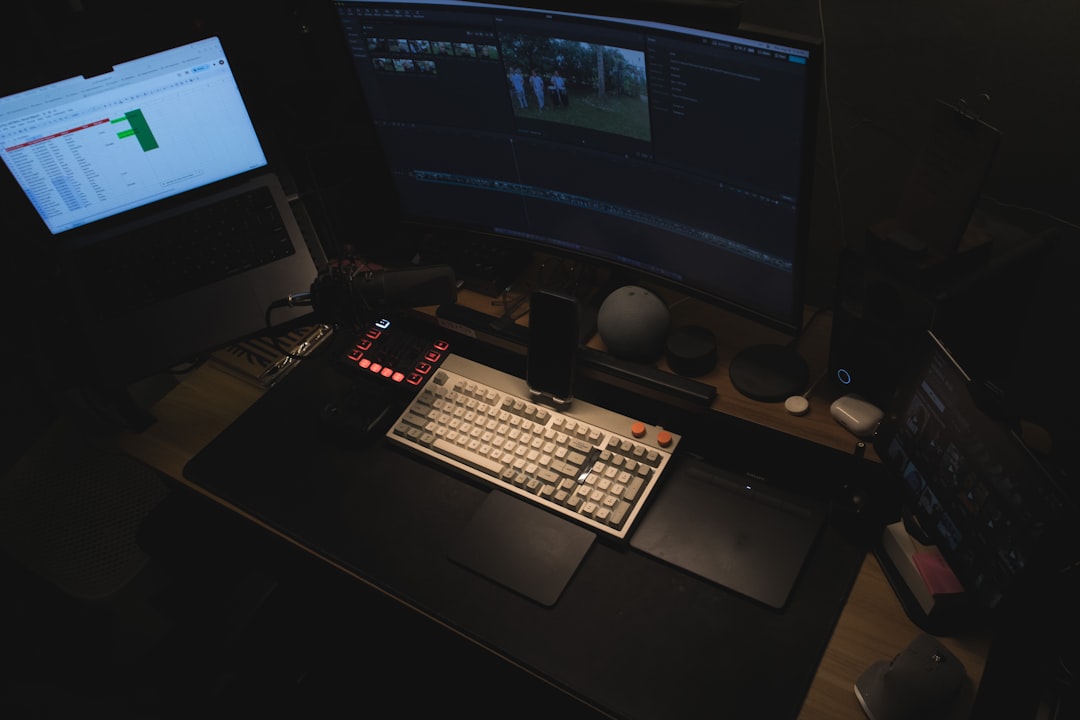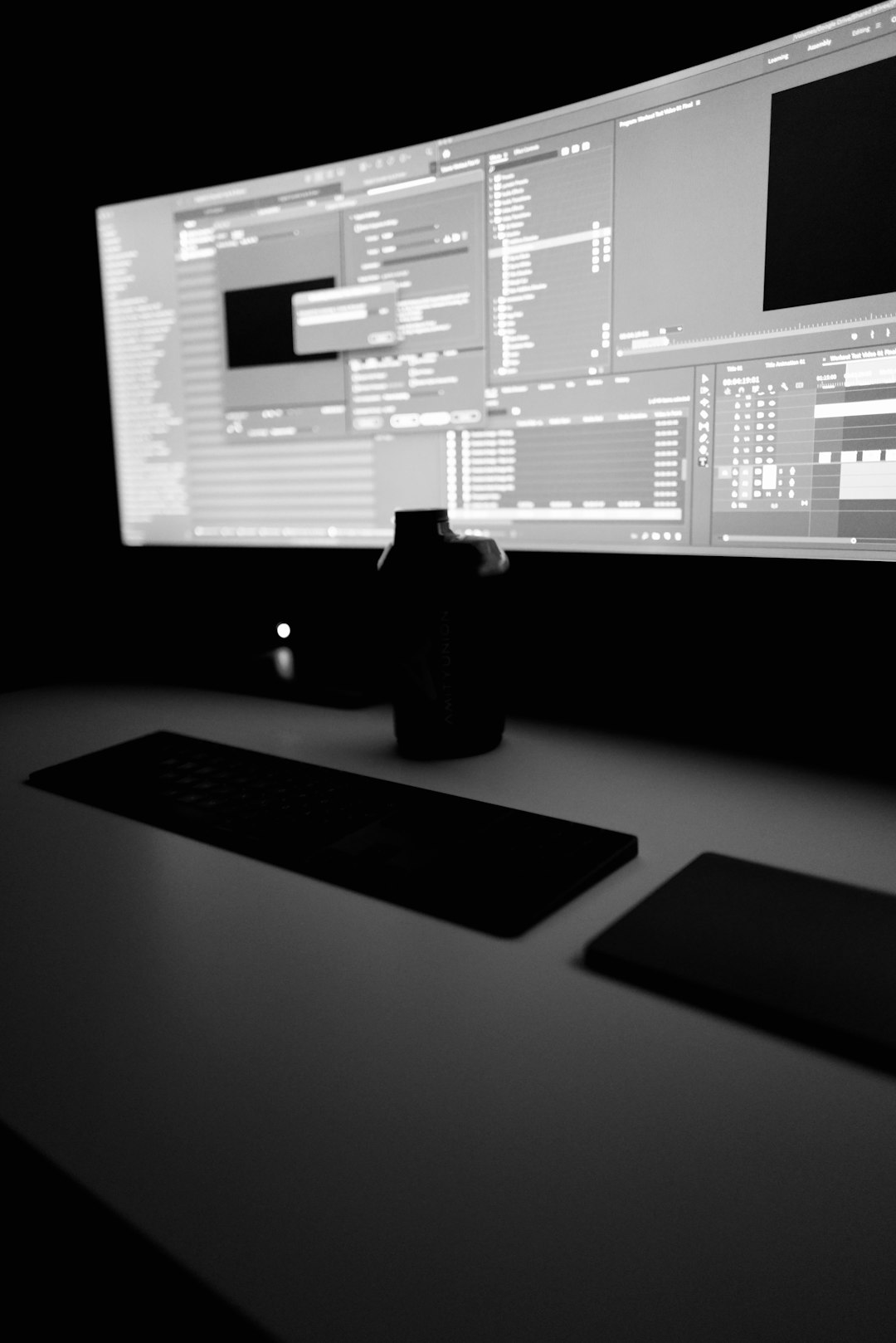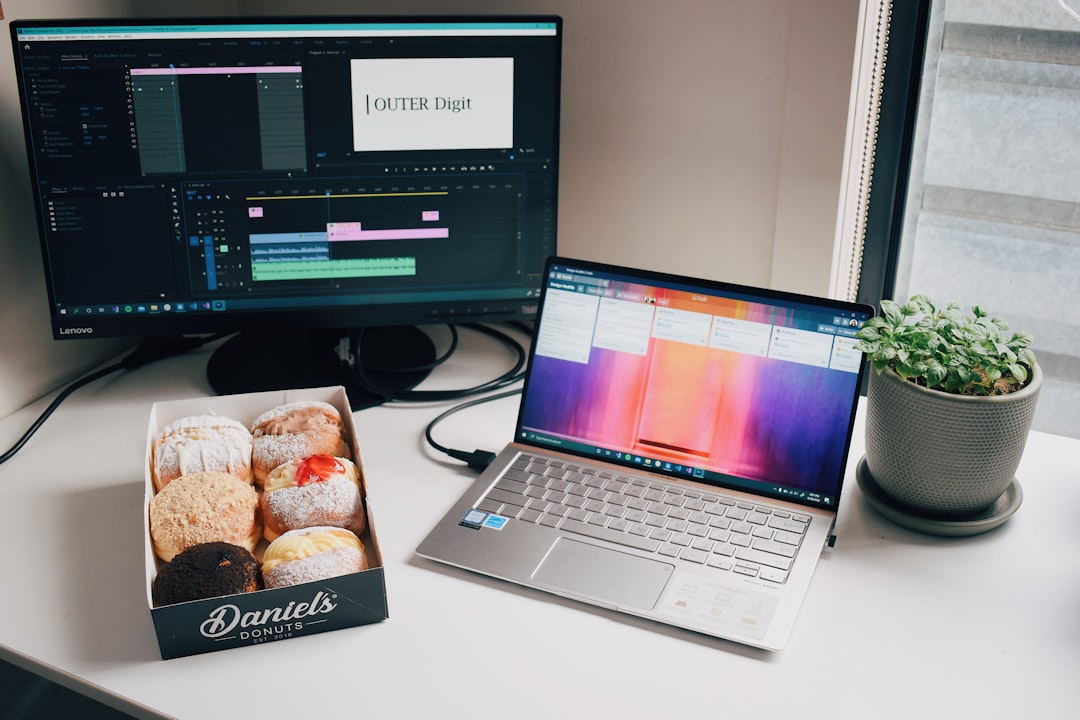When choosing a high-performance laptop GPU for creative applications like Adobe Premiere Pro, Blender, and Unreal Engine, the options can be overwhelming. Two of the most discussed GPUs in the mobile market are the NVIDIA GeForce RTX 3070 and the newer RTX 5080. Although they belong to different generations—Ampere and Ada Lovelace respectively—both GPUs are capable of handling demanding workloads. However, the real question for content creators is: how do these GPUs compare in real-world creative tasks?
This article delves deep into the comparison between the RTX 3070 and RTX 5080 laptop GPUs, focusing on creative apps such as Premiere Pro, Blender, and Unreal Engine. We’ll analyze aspects like rendering speed, CUDA core advantages, ray tracing performance, thermals, and cost-effectiveness to help you make an informed decision.
1. Architectural Overview
The RTX 3070 is part of NVIDIA’s Ampere architecture and is built on Samsung’s 8nm process. It features 5,120 CUDA cores and support for advanced ray-tracing and DLSS (Deep Learning Super Sampling). The RTX 5080, on the other hand, is from the next-gen Ada Lovelace family, built on a more efficient 4nm TSMC process, and features a higher count of CUDA cores, upgraded RT and Tensor cores, and significantly improved power efficiency.
- RTX 3070: Ampere architecture, 5120 CUDA Cores, 8GB GDDR6
- RTX 5080: Ada Lovelace architecture, approximately 7680 CUDA Cores (TBD at writing), 12GB or more GDDR6X
For creative professionals, this generational leap not only means better raw performance but also improved support for AI-assisted workloads and high-fidelity real-time rendering.
2. Adobe Premiere Pro: Video Editing Performance
In Adobe Premiere Pro, GPU acceleration significantly speeds up timeline playback, effects rendering, and exporting. Both RTX 3070 and 5080 perform admirably, but their handling of complex encodes and real-time previews differs notably.
- Rendering Speed: The RTX 5080 outperforms the 3070 by approximately 40–50% in final render times for 4K videos with color grading and transitions.
- Real-time Playback: The 5080 offers smoother playback at higher resolutions and better performance during live Lumetri Color corrections, thanks to its enhanced Tensor cores and memory bandwidth.
- NVENC & NVDEC: Both GPUs feature hardware-accelerated encoding/decoding, but the RTX 5080’s newer NVENC support handles modern codecs like AV1 more fluidly.
This makes the RTX 5080 a superior option for professionals who often work with high-resolution footage and complex edits. However, the 3070 remains a viable option for prosumers and intermediate creators.

3. Blender: 3D Rendering and Simulation
Blender’s performance scales dramatically with GPU horsepower, particularly in tasks involving Cycles rendering engine and viewport preview rendering. The RTX 5080 takes a noticeable lead due to its raw CUDA performance and newer generation RT cores.
In benchmark comparisons:
- Cycles Render: The RTX 5080 renders complex scenes up to 60% faster on average than the 3070, saving significant time in animation and VFX workflows.
- Viewport Rendering: Real-time navigation is significantly more responsive on the 5080, especially in heavy scenes with complex materials and lighting.
- Memory Utilization: The higher VRAM in the 5080 allows for larger scenes and textures without resorting to system RAM, which can drastically slow performance on the 3070.
For creators relying on Blender for professional-level work, especially in animation and visual effects, the RTX 5080 offers a massive uplift. It ensures efficiency not only in output speed but also in creative iteration.
4. Unreal Engine: Real-Time Development and Virtual Production
Unreal Engine is growing not only in game development but also in virtual production, architecture visualization, and live events. GPU performance, particularly ray-tracing and AI upsampling capabilities, plays a significant role in scene performance and project scalability.
In side-by-side tests, the RTX 5080 delivers superior frame rates in real-time rendering scenarios—such as Lumen and Nanite-intensive workloads. It also allows for deployment of more complex assets without tanking performance.
- Real-Time Ray Tracing: Upgraded RT cores in the 5080 double the performance of the 3070 in demanding environments with real-time reflections and global illumination.
- VR and AR Development: The RTX 5080 supports higher-resolution output to head-mounted displays (HMDs) with better thermal throttling resistance.
- Shader Compilation: Faster compilation times aid in productivity for large-scale projects with complex materials and lighting setups.
The RTX 3070 is still functional for development and pre-vis, but the 5080 enables full utilization of Unreal Engine 5’s next-gen features in a laptop form factor.

5. Power Efficiency, Thermals, and Noise
One area where the RTX 5080 shines beyond compute performance is efficiency. Built on TSMC’s 4nm process, it draws less power under load compared to the RTX 3070 while delivering significantly more throughput. This efficiency leads to:
- Less overall heat generation and cooler system operation
- Reduced thermal throttling under sustained workloads
- Quieter fan operation, crucial for audio-sensitive workspaces
Laptops with the RTX 5080 typically incorporate more advanced thermal designs, often allowing the GPU to sustain boost clocks longer than RTX 3070-enabled machines, especially in thin-and-light form factors.
6. Price and Value Situation
No GPU comparison would be complete without addressing price-to-performance. As of early 2024, laptop models with RTX 3070 are found in the $1,200–$1,800 range, depending on specs. RTX 5080 models start from around $2,500 and may climb well above $3,000 depending on the laptop chassis and other features.
While the RTX 5080 is objectively better, the RTX 3070 still offers solid value for budget-conscious creatives, especially those not pushing the boundaries of 3D software or who work primarily with HD footage.
7. Software Support and Longevity
One often overlooked aspect is software optimization. Being newer, the RTX 5080 benefits from longer future support, as software applications are often tuned to leverage the latest Nvidia features. Tools like Omniverse, and updates in Adobe’s Creative Cloud suite, take advantage of AI-powered features accessible only through Ada Lovelace GPUs.
- Better future-proofing over the next 4–5 years
- Earlier and more frequent driver optimizations
- Support for next-gen AI hybrid workflows in Adobe, Autodesk, and Unity pipelines
Those planning to keep their workstation laptops for several years or who use bleeding-edge creative tools should seriously consider the RTX 5080 as a long-term investment.
Conclusion
The choice between the RTX 3070 and RTX 5080 laptop GPUs ultimately depends on your workload, budget, and how far you want to future-proof your hardware. If you’re a professional working with 8K video, heavy 3D scenes in Blender, or real-time environments in Unreal Engine 5, then the RTX 5080 offers top-tier performance, improved efficiency, and greater long-term value.
On the other hand, if you’re a creative freelancer, student, or hobbyist mainly handling 1080p–4K projects without diving too deep into GPU-accelerated workflows, a laptop with an RTX 3070 remains a capable and cost-effective option in 2024.
As with any technology decision, your hardware should align closely with your creative goals—not just the raw specs.


































